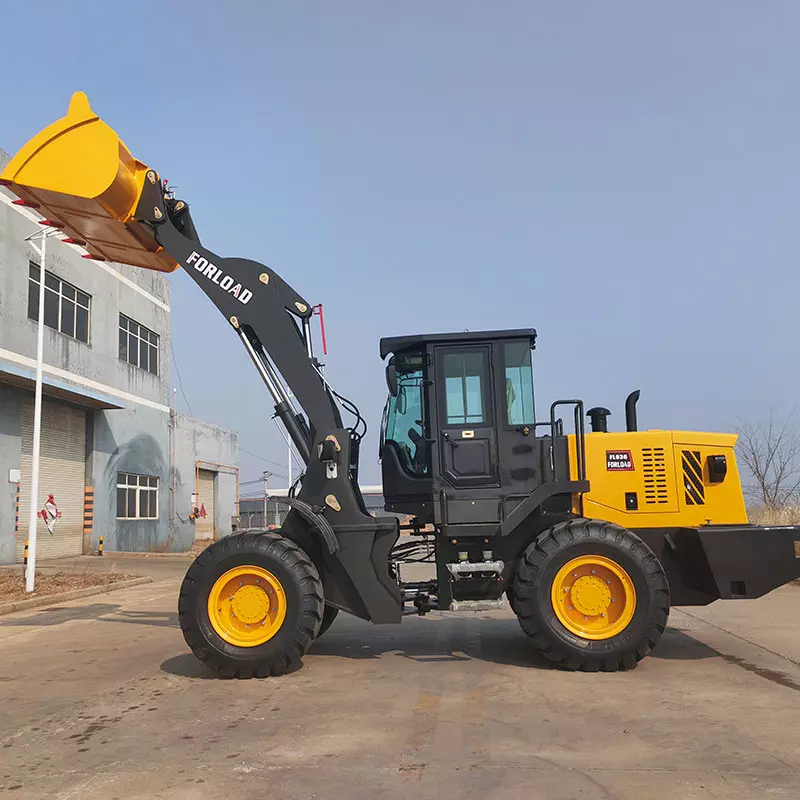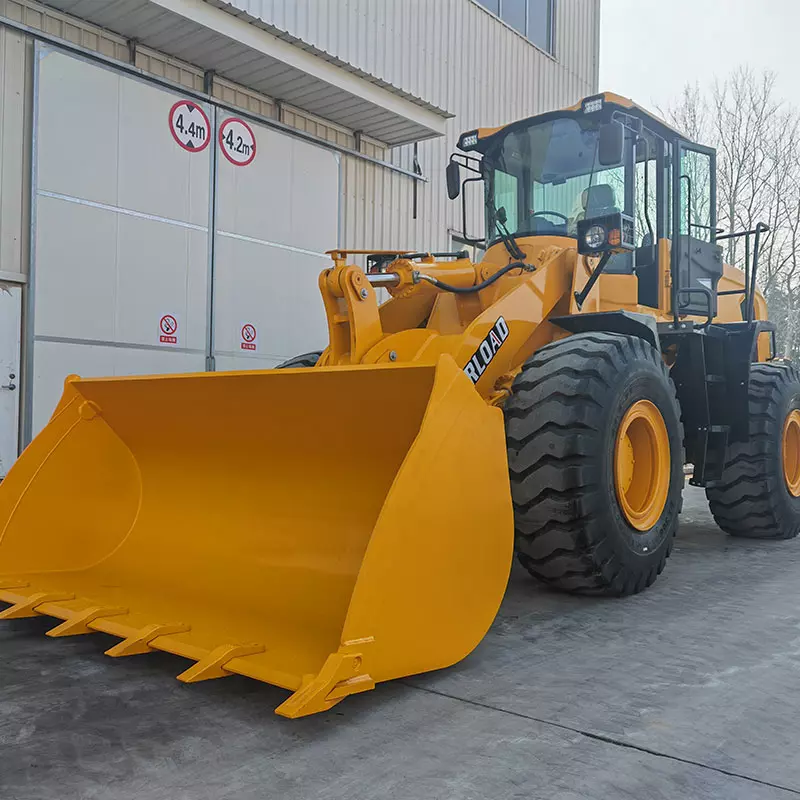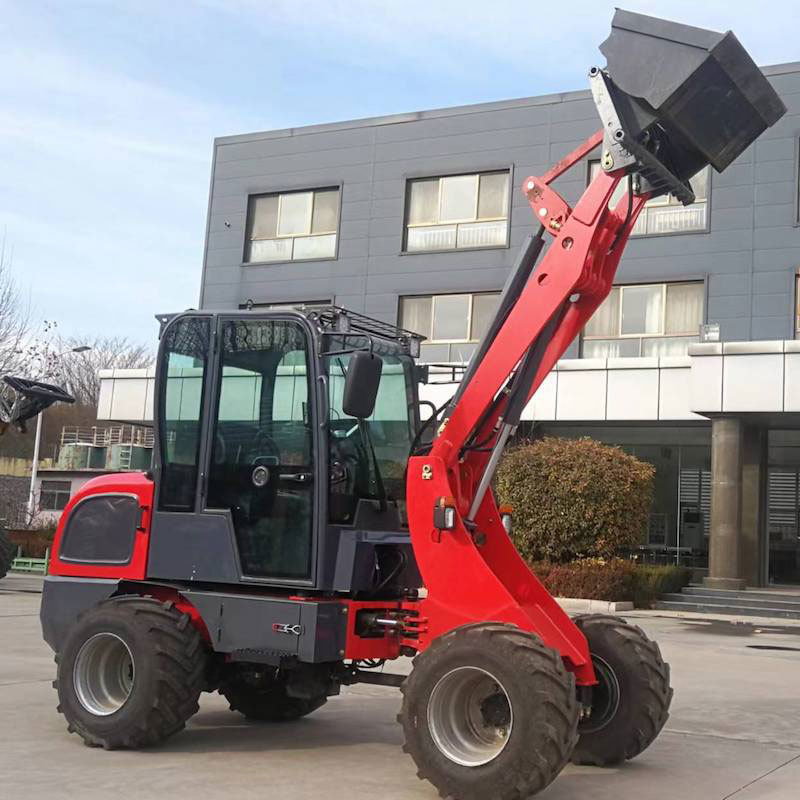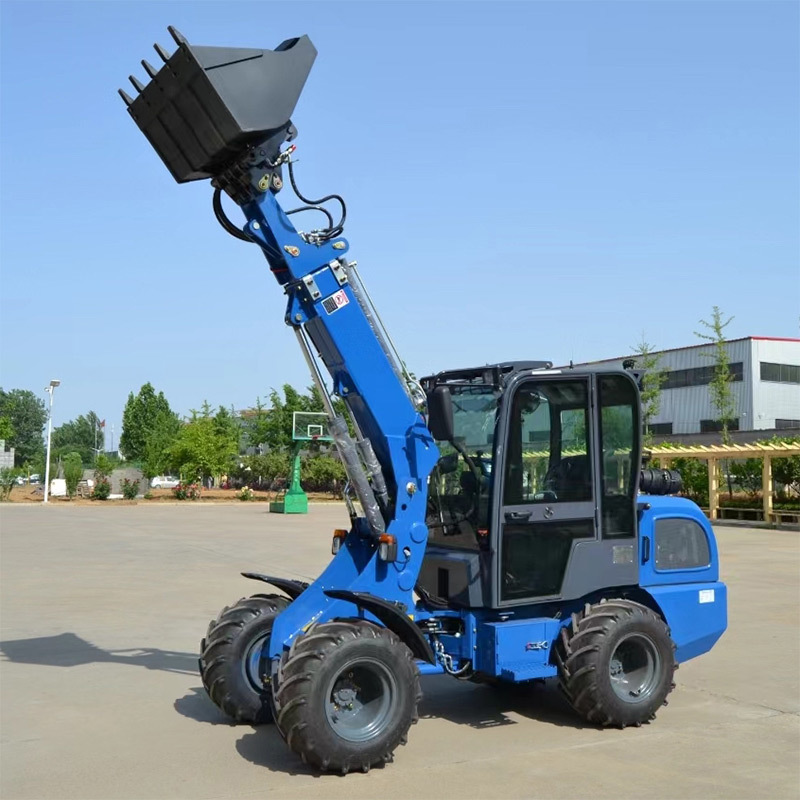NEWS CENTER
Understanding Counterbalance Forklifts: Key Insights for the Transportation and Warehousing Industry
Counterbalance forklifts are a vital component in the transportation and warehousing industry, providing efficient solutions for material handling and cargo transportation. Unlike other types of forklifts, counterbalance forklifts utilize their weight to stabilize the equipment, allowing operators to lift and move heavy loads with precision and safety. Understanding the operational advantages and safety considerations of counterbalance forklifts is crucial for businesses looking to optimize their logistics and enhance productivity.
One of the primary benefits of counterbalance forklifts is their versatility. They can be used in various environments, including warehouses, construction sites, and shipping yards. Their design allows them to maneuver in tight spaces, making them ideal for indoor and outdoor operations. Furthermore, counterbalance forklifts can lift loads ranging from 3,000 to over 10,000 pounds, accommodating a wide array of materials and goods.
Safety is another critical aspect of counterbalance forklift operation. Operators must be properly trained to understand the forklift's capabilities and limitations. For instance, they should be aware of the load capacity and the correct way to distribute weight to prevent tipping. Regular maintenance checks are also essential to ensure that the forklift is in optimal working condition, which can significantly reduce the risk of accidents. Implementing safety protocols, such as regular operator training and adherence to manufacturer guidelines, can further enhance workplace safety.
In terms of ergonomics, counterbalance forklifts are designed with operator comfort in mind. Many models feature adjustable seats, intuitive controls, and excellent visibility, which can reduce operator fatigue and increase efficiency during long shifts. Investing in ergonomically designed equipment is essential, as it contributes to higher productivity levels and better employee satisfaction.
Moreover, businesses should consider the choice of fuel type when selecting a counterbalance forklift. Options typically include electric, diesel, and propane models, each with its own set of advantages and disadvantages. Electric forklifts are known for their low emissions and quiet operation, making them suitable for indoor use. In contrast, diesel models offer power and longevity for outdoor applications but may require additional emissions controls.
In conclusion, counterbalance forklifts are invaluable assets in the transportation and warehousing sectors. Their versatility, safety features, and ergonomic design make them suitable for various applications. By understanding the nuances of counterbalance forklifts, businesses can make informed decisions that enhance operational efficiency, ensure safety, and ultimately drive profitability. Investing in the right equipment and training is essential for maximizing the benefits of this critical material handling equipment.
One of the primary benefits of counterbalance forklifts is their versatility. They can be used in various environments, including warehouses, construction sites, and shipping yards. Their design allows them to maneuver in tight spaces, making them ideal for indoor and outdoor operations. Furthermore, counterbalance forklifts can lift loads ranging from 3,000 to over 10,000 pounds, accommodating a wide array of materials and goods.
Safety is another critical aspect of counterbalance forklift operation. Operators must be properly trained to understand the forklift's capabilities and limitations. For instance, they should be aware of the load capacity and the correct way to distribute weight to prevent tipping. Regular maintenance checks are also essential to ensure that the forklift is in optimal working condition, which can significantly reduce the risk of accidents. Implementing safety protocols, such as regular operator training and adherence to manufacturer guidelines, can further enhance workplace safety.
In terms of ergonomics, counterbalance forklifts are designed with operator comfort in mind. Many models feature adjustable seats, intuitive controls, and excellent visibility, which can reduce operator fatigue and increase efficiency during long shifts. Investing in ergonomically designed equipment is essential, as it contributes to higher productivity levels and better employee satisfaction.
Moreover, businesses should consider the choice of fuel type when selecting a counterbalance forklift. Options typically include electric, diesel, and propane models, each with its own set of advantages and disadvantages. Electric forklifts are known for their low emissions and quiet operation, making them suitable for indoor use. In contrast, diesel models offer power and longevity for outdoor applications but may require additional emissions controls.
In conclusion, counterbalance forklifts are invaluable assets in the transportation and warehousing sectors. Their versatility, safety features, and ergonomic design make them suitable for various applications. By understanding the nuances of counterbalance forklifts, businesses can make informed decisions that enhance operational efficiency, ensure safety, and ultimately drive profitability. Investing in the right equipment and training is essential for maximizing the benefits of this critical material handling equipment.
counterbalance forklift












